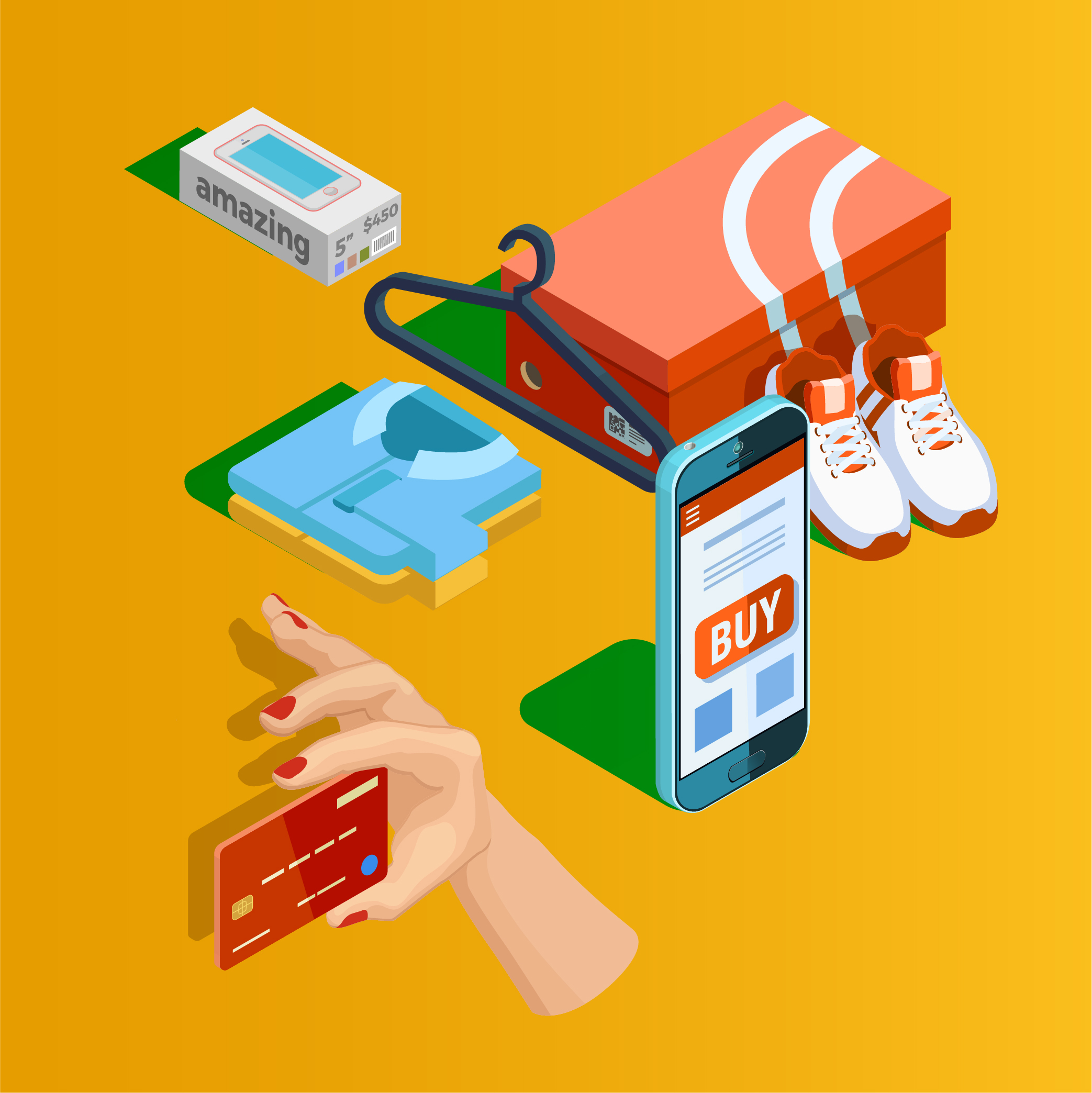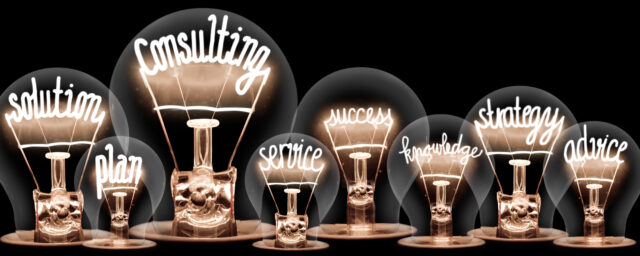Part 2: Creating Content and Driving Emotion
Touchpoints and Content
In Part 1, we looked at the importance of the customer journey and outlined the stages a customer moves through as they progress from awareness to making a purchase, and then on to remaining a happy customer that will hopefully start to promote your brand and products for you.
Now that we have defined the journey, we need to overlay the touchpoints and emotional state the customer goes through – otherwise known as emotional feedback.
This is important, as it means you can understand how the user might feel and what they might be thinking, during various parts of the journey – allowing you to create content to help them on their way and push them along. After all, it is purely content that will get them moving to the next stage. Here’s a great example of a completed customer journey map (including emotions) for someone that is invited to, attends, and then reflects upon, a wedding.
“ Pro Tip: When I say ‘touchpoints’, I am referring to the opportunities a customer has to interact with your brand, through content. And by content, I don’t just mean an advertisement or a brochure. Content can be anything – a phone call, a how-to video, an eBook, or even a testimonial.
Timing and Tone Is Everything
If we continue our example from Part 1 of this post, where your company makes robotic vacuum cleaners, you may recognise that the customer, who was originally researching traditional vacuum cleaners, may be hesitant (here’s our emotional state) about considering a robotic version.
The customer thinking at this stage might be along the lines of “Are robot vacuums actually any good at cleaning? I have a two-story house, will it be a pain to move between floors? How long will the battery last?”
With this in mind, the best piece of content at this time would NOT be about how good your company is at making robot vacuums, but rather, how robot vacuums might be better than conventional vacuums, and answering the questions that are causing the hesitation. Remember: it’s too early to start talking about your company at this stage of the journey.
Later in the journey, once the customer has been attracted to the idea of robot vacuums, we want them to consider us as a brand for their new robot vacuum. This is the right time to use content such as testimonial videos, trust pieces, display brand reviews and so on; the trust-building stuff, in other words.
Think How the Customer Thinks
Get key team members, and a few key customers, involved and map it all on a page, or a whiteboard, to make it easier. Use smileys and sad faces for the emotional state – it’s a quick, easy & graphical way to represent the emotional journey.
Now that you have mapped your customer’s journey, added the touchpoints, the content, the emotional state and the customer’s thinking, it’s time to look for gaps. Remember: think how the customer thinks. In fact, it’s best practise to actually ask a current customer what they did during their journey in order to better-inform this process.
One example might be battery life. This may be a common customer concern or hesitation, but do you have any content to quell that emotional state and turn a frown into a smile? If not, this is something to work on.
Continue this process of asking the questions a customer may ask and then checking for content through the entire customer journey. Don’t forget to look way past the purchase stage, too. Make sure you include the touchpoints, content and emotional state during the unboxing & setup process (eg. Is the product manual easy to understand or would a video be better?), the warranty process (when the customer may be feeling angry or disappointed), and so on.
Coming up next…
Stay tuned for the final post in this 3-part series, when we’ll take a look at how to prioritise, implement and test improvements prior to rolling them out.


Subscribe to updates
Get the latest news and payment insights from Eway hot off the press.



